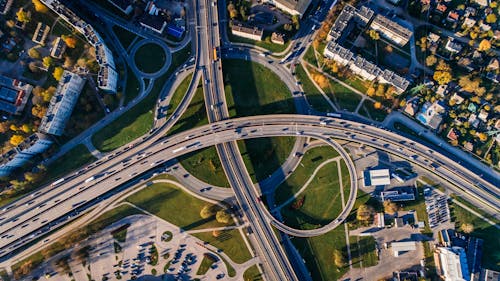As one approaches what is
undoubtedly going to be a bitterly contested and cantankerous American
election, what is the stock market's take going to be? Every four years, the impending approach of the presidential election sets off speculation and
tongues wagging about all sorts of matters including which way the investor
sentiment is going to swing during the competing political campaigns.
What do past trends show?
Interestingly, when you study the
S&P 500 Index for election years since 1928 years, there have been three
occasions when investments have shown a negative return. The returns obtained
in an election year closely mimic those of the S&P 500 long term returns.
The S&P 500 return during the
election years between 1928 to 2013 has averaged 11.2%. While this trend is
indicative of a pattern, it is not something that would be playing on an
investor's mind while making decisions about where to invest in an election
year.
Should the election year have any bearing on investment decisions?
The election year is a time when
emotions run high, especially in these digital times. Should one get swayed by
the euphoria expressed by some or dismal doomsday pictures presented by others
and temper one's investment decisions accordingly? Well, not really, as any
decision, especially one involving investment should be based upon what one's
long term goals are and one's ability to bear the risk.
This holds notwithstanding which
candidate one supports for President and who ends up in the White House after
the election.
Impact of election year on industry
One cannot deny the possibility of
the impact of election-year uncertainty on industry and this is especially true
of commercial real estate. Investors in this segment are inclined to adopt a
wait and watch attitude in this period in time and are therefore not too keen
on making any substantial investment commitments.
That being stated, the primary
presidential candidates can influence the economy in the election year, in that
their purported policy statements can impact the stock market and liquidity.
Investors do get affected by the kind of news that they get to see or hear
about what directions these candidates want to point public policy in.
What happens when there is no
outright presidential front-runner
In the above scenario, one can
probably look at market volatility. A sitting president not looking likely to
get reelected can cause some amount of uncertainty in the capital market. That
happens on account of the possibility of a break in government policies. Some
40% of investors made changes to their investment portfolio in light of the
run-up to the 2020 presidential elections as per the RBC Capital Markets Survey
report released back in April.
That being stated investors seem
pretty inured to political goings-on. This is evidenced by the stock market
shrugging off reports of the whistleblowing complaint against Trump or even the
possibility of impeachment proceedings being initiated against the president.
Investors are if anything hard-nosed realists who look beyond the charged
atmosphere and din surrounding a presidential election.
Conclusion
Every four years there is a great
deal of excitement surrounding the run-up to the presidential elections and the
stock market is no exception. While past trends may have shown an 11.2% rate of
return during the year of a presidential election, this is not going to weigh
heavily on the minds of investors.
All the hoopla surrounding the
presidential elections shouldn't have any profound bearing on one's investment
decisions, given that these are always based upon a sound long term strategy
and the capacity to bear the risk. One cannot deny an impact on industries like
commercial real estate where an abundant sense of caution is witnessed during
the presidential election year.
There may be some impact on account
of concerns regarding continuity in policy, particularly if the sitting
president is not sure to be reelected, but overall investors are not given to
rocking the boat unless something really dramatic happens. All in all, there
may be a bit of a kerfuffle from time to time, but not much drama on the U.S. stock
markets on account of the presidential election.





